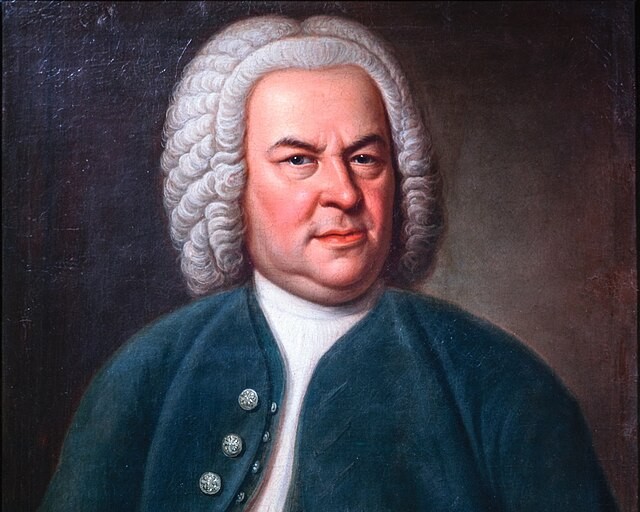
Bach (attributed to Christian Petzold) – Minuet in G major
The Minuet in G major, long attributed to Johann Sebastian Bach, is now widely accepted as the work of German composer Christian Petzold.
Despite the correction in authorship, the piece remains beloved around the world as a quintessential introduction to classical keyboard music—graceful, accessible, and timeless.
With its clear, lyrical melody, compact structure, and gentle triple meter, this short piece serves as a perfect entry point into the world of classical music for beginners and enthusiasts alike.
Background and Misattribution
This Minuet became famous through its inclusion in the Notebook for Anna Magdalena Bach, a collection of music compiled for Bach’s second wife.
Because of its presence in this notebook, the piece was long thought to be composed by Bach himself.
However, later scholarly research attributed the music to Christian Petzold, a lesser-known German composer and organist of the Baroque period.
This revelation did nothing to diminish the work’s value—instead, it enhanced its appreciation as a refined yet approachable piece from the Baroque era, perfectly embodying the elegance of the time.
Musical Characteristics
This piece is not about technical brilliance or dramatic expression.
Its beauty lies in its simplicity and balance.
Written in the bright key of G major and structured in two elegant sections (A–B), the Minuet flows with a sense of natural order:
- Section A introduces a charming and clear melodic idea.
- Section B offers slight development and variation, before returning to the opening mood.
Though short—typically lasting just over a minute—the piece leaves a lasting impression through its poise and melodic grace.
Educational and Universal Appeal
The Minuet in G major is one of the most frequently encountered pieces for beginner pianists around the world.
Its simplicity makes it accessible, but playing it beautifully demands more than just correct notes—it requires sensitivity to phrasing, steady rhythm, and a light, elegant touch.
Because of this, the piece holds enduring educational value, helping students develop core musical skills while offering a rewarding and expressive experience.
Conclusion
Christian Petzold’s Minuet in G major is a small but luminous gem of classical music.
Its formal clarity, melodic charm, and quiet dignity have made it a favorite across generations, often remembered as a listener’s or performer’s “first classical piece.”
And even when revisited in adulthood, the piece continues to resonate with a gentle warmth and refined simplicity.
That, perhaps, is why it remains a timeless fixture in the hearts of music lovers around the world.
More than 100 million songs in CD quality. 7 million in better-than-CD sound.
🎧 Start your free trial with Amazon Music Unlimited now!

